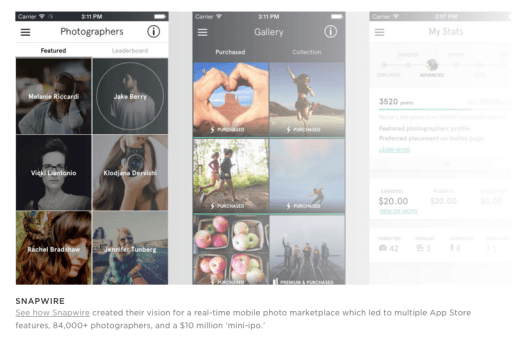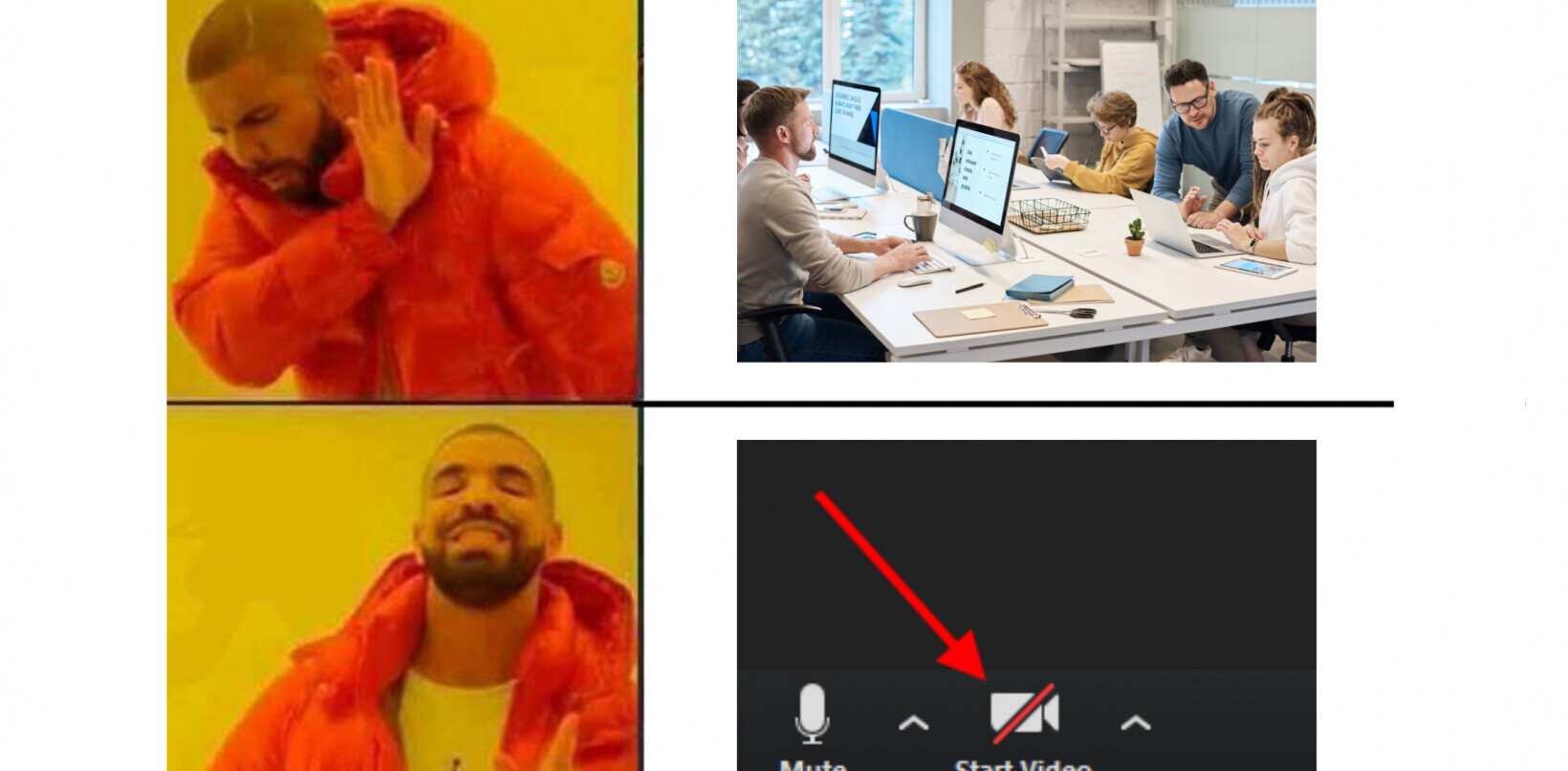
Are you looking to get a new website up and running? If you’ve been doing any research on what it takes to get a website launched these days, you’re likely finding various options and ways to go about it. Anything from hiring a designer and developer to develop a website for you, to buying a template and installing it, and even more recently using a block builder to build out your website.
With all of these options, there’s no wonder why it may be a little intimidating to move forward on launching your website. Not knowing what option is the best, how much it is going to cost, and how well it will serve your goals can be overwhelming and could cause inaction in terms of moving forward with your website.
So what are the different ways you can get started on launching your next website? Let’s talk about the three major ways in which websites get designed, developed, and launched in the world today.
Choosing and installing a template
Considered the least expensive and least time consuming option, some may opt to simply find a pre-made template they like, install it on their content management system (CMS) of choice, then add in all of their content based on text and image areas predefined by the template.
Templates have their pros and cons just like any other website development option. One pro includes being able to quickly get a website up to meet a deadline or to test a business idea/theory. There are various reasons why people feel they need a website overnight, and template website designs provide that.
Another benefit is that it is the least expensive option. Templates often range from $0 to $250, depending on the type of template, with most being between $0 and $100. The low cost of templates (compared to having a custom site built) is one reason the draw of installing a template has become more popular.

Source: Creative Market
A disadvantage to using a template is the constant editing and hard work to make the site exactly what you want. Since templates aren’t designed to meet your specific needs – but rather to meet those of as many people as possible (meaning the template is a “one size fits most” item) – businesses are often required to hire a developer to add or tweak functionality.
Another disadvantage is that there are likely others who are running the exact same template you are. For instance, if there is one particular theme that is really popular for photographers, and someone was looking for a professional photographer, chances are they may run across at least two websites that are running the same template, making each site feel less authentic because they essentially look the same.
Using a block building tool/service
A more recent trend to developing websites – beyond the “drag and drop” element of every day templates – is that of block building. These services are perfect for those who wish to do it themselves and are not web designers or developers.
These services and tools have a nice user-friendly user interface that puts the options at the users’ fingertips much like Microsoft Word does with word processing. You can choose the items you want, customize each item with different colors and fonts, and lay out your website exactly the way you want it.
Block building tools and services, such as that of Simbla website builder, came out of people’s needs and wants to get away from template website cookie cutter designs but still couldn’t afford or see the benefits in hiring a designer and developer to create a custom website. They also work great for getting a website up quickly and testing an idea.
Site block building tools are considered a step between templates and a fully custom website. Depending on the type of block building service you go for, it could be free to several hundred dollars a month or a set price per year.
Source: Simbla website builder
Predefined “blocks” (hence the name) take care of most of the design work for you. If you like granular control, there are services that allow you to insert each element independently. For those who need design help, there are services that offer designed blocks of the site that you can easily select and customize.
An advantage to block building tools is the person creating the site doesn’t have to know any code to be able to do it. They simply click options they want until they have something they like. Choose the blocks – any formation of elements – and move them as you wish. Without knowing any backend or coding, easily create a site that looks like you spent thousands of dollars on a custom site.
Another advantage is it is a relatively low-cost way to quickly get a website up and running for various reasons: new business launch, testing a new business idea, temp site before going to a fully custom site, or to mock out ideas. A disadvantage, however, is that it is often hosted on the provider’s server and not your own.
Fully custom website design and development
For most of us, when we need a new website, we think we need to hire a web designer and developer and have a custom website built. This is often the way most businesses and organizations chose to go for those who feel like their website is the core of their business. Sites that are very e-commerce driven, for example, often seek out professionals to design and develop their website from scratch, so that it is custom and tailored to them.
This option gives you exactly what you want, as long as it is in your budget. You will work with a designer, they find out what your needs are, they work with your current visual identity and branding (or work with you to define one), and then develop a website they feel will best suit your needs and goals. Some designers and developers are often available after the site goes live to help make tweaks and changes as needed.
With a hired professional working on your site, it frees your time to focus on other things as we. The designer or developer can also do more than just design and develop your site: they help guide you through key decisions, can recommend the best course of action when an issue arrives, and points things out to you that you may not have known if you had been doing this all yourself. They also have the knowledge and know how to get your site up and running with little to no issues.

Source: Crew.co
Having a website completely designed and developed specifically for your needs will often yield better results, allow to you grow without many design or technical limitations, and be unique only to you. The downside of this is that it often is the most expensive route (often costing $3,000 to $30,000 or more), requires finding just the right designer and developer to work with and carry out your vision, and is often the most time-consuming route.
Depending on your needs and goals, the wait time to have a custom designed and built website just for you may be negligible. For others, they may not have the time to wait three to six months or possibly longer to get their website up. Finally, for some organizations, hiring a designer and developer may be cost prohibitive, despite knowing their ROI with a custom website may be high.
Conclusion
When it comes to launching a website, we all have different needs, ideas, and ways to approach it, along with varying budgets to go along with it. While it would be nice for all of us to have custom websites, we know that it can be cost and time prohibitive to do so. Template options and sites with block building capabilities help those who may not have the time or financial resources to dedicate to their website.
Custom websites allow you to have full control over your website, including having professionals help walk you through different aspects and help you make decisions based on your business. However, custom websites can cost quite a bit to get going.
Template sites allow you to get your website up and going in as little as 30 minutes very affordably (even free), but it isn’t tailored to your business needs without making some changes, and you risk other competitors using the same theme as you.
Finally, having the ability to use block building tools allows you the ability to create your own site without knowing any code and fairly affordably.
Determining your website needs and your goals in the future will help you determine which option is best for you right now and which may be better later down the road.
Read next: 10 Web design trends you can expect to see in 2016
Image credit: Unsplash
Get the TNW newsletter
Get the most important tech news in your inbox each week.





